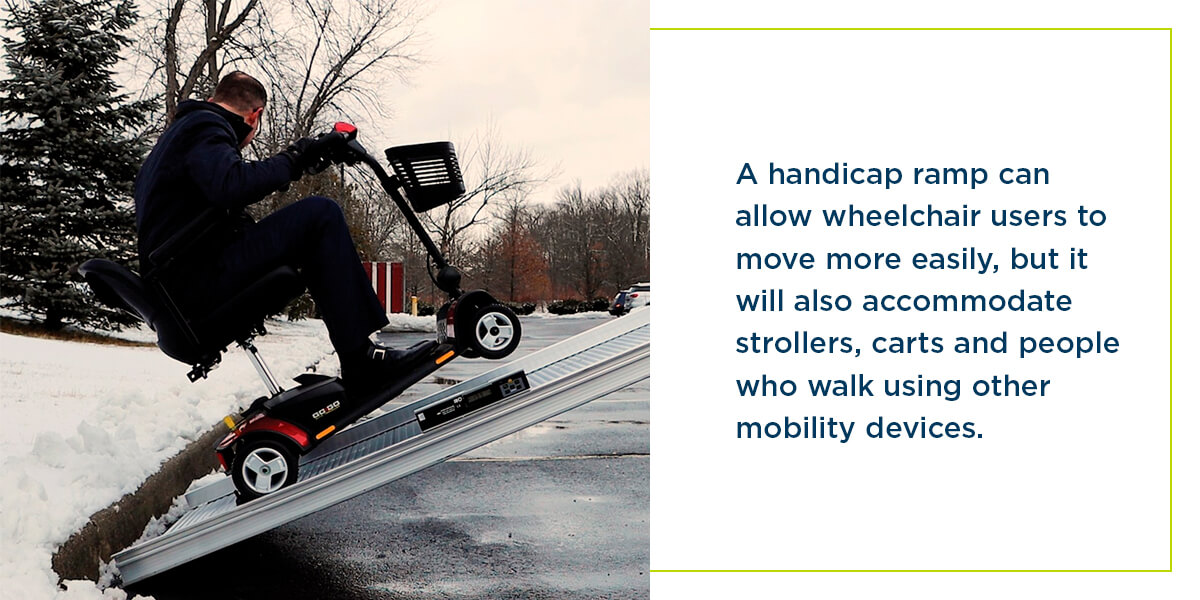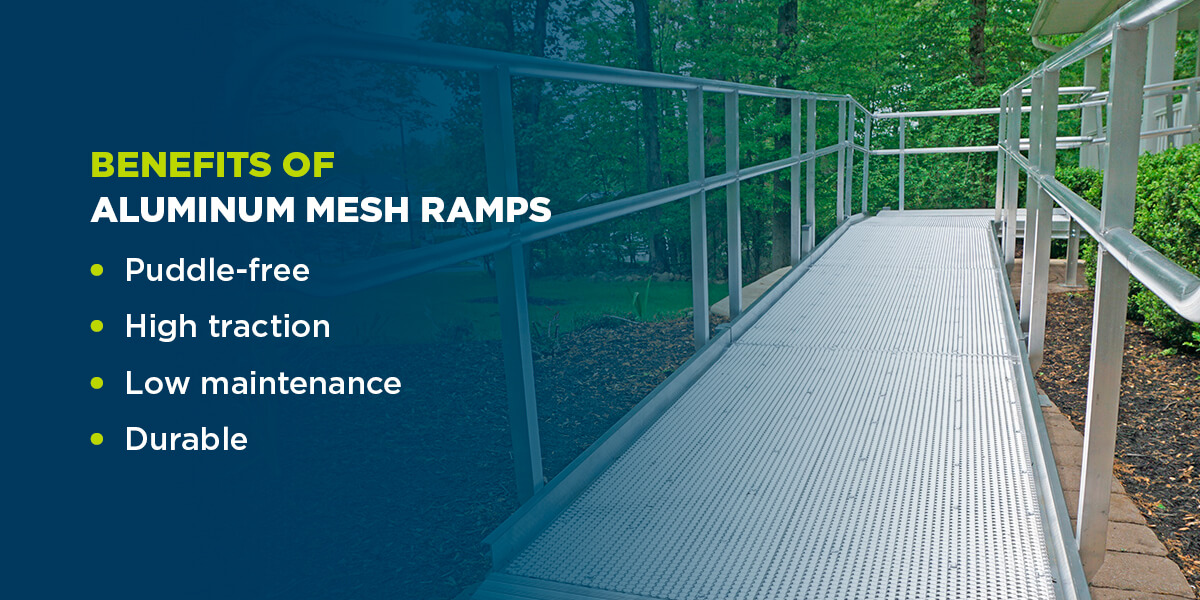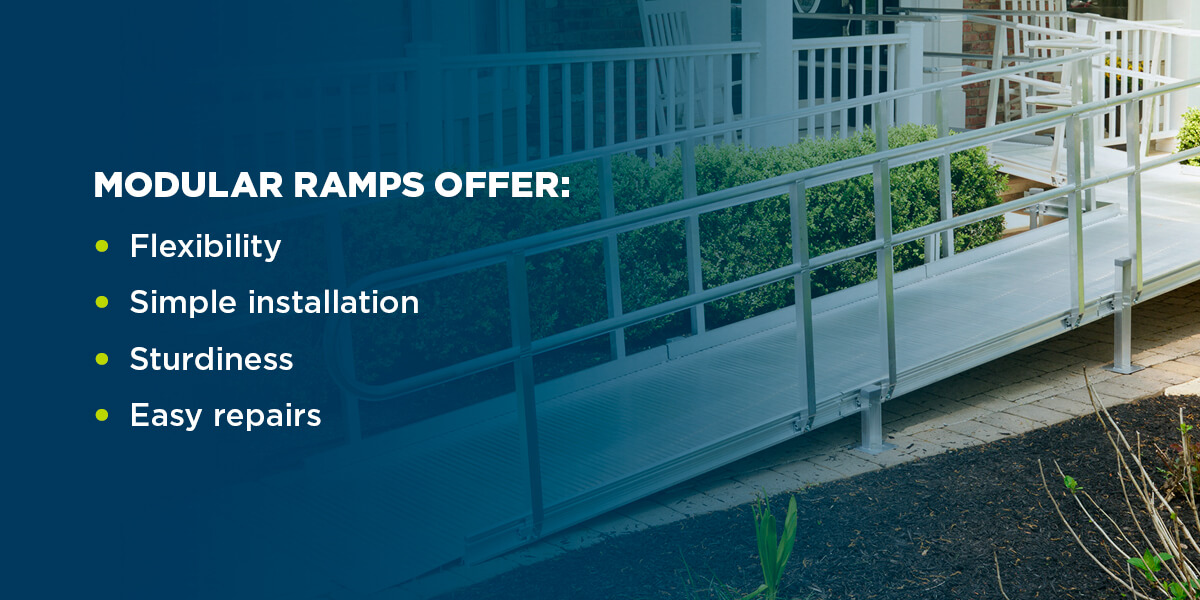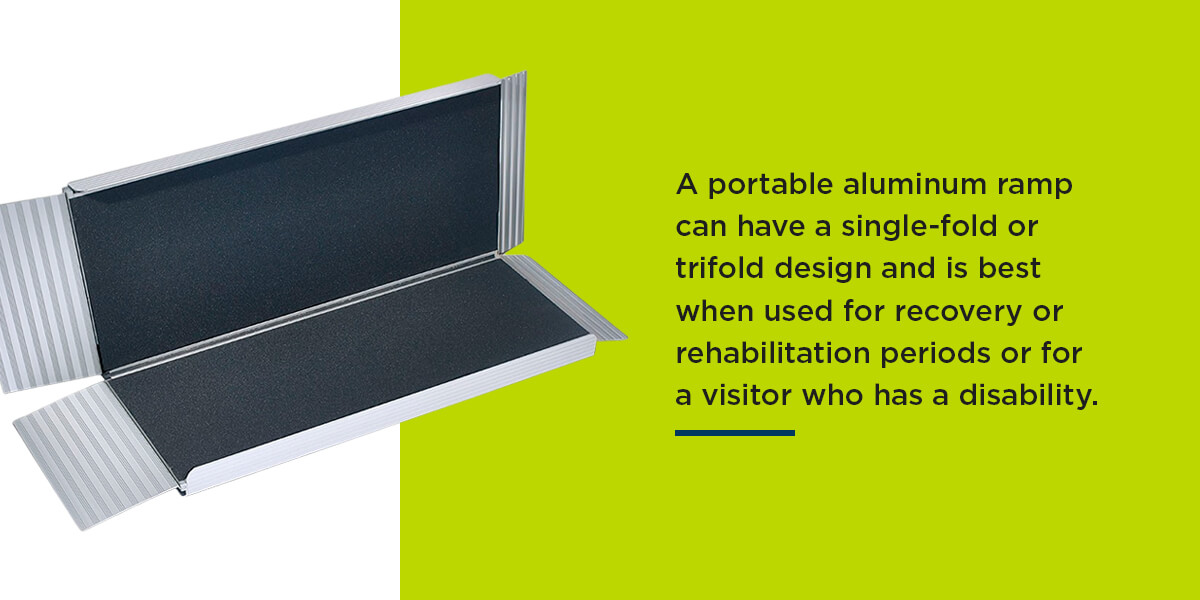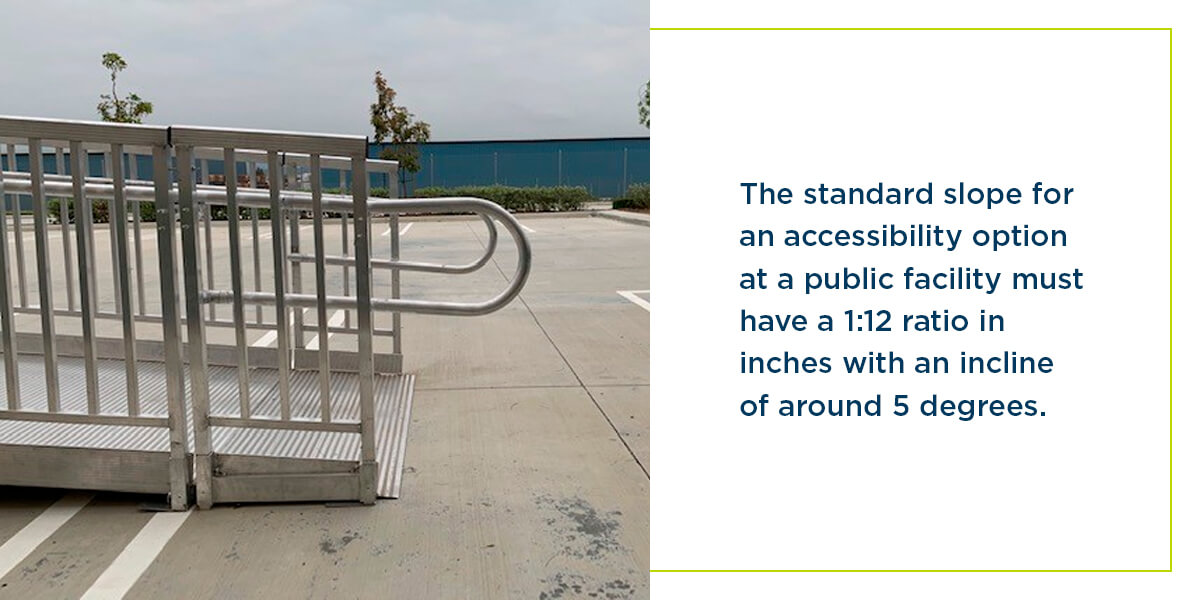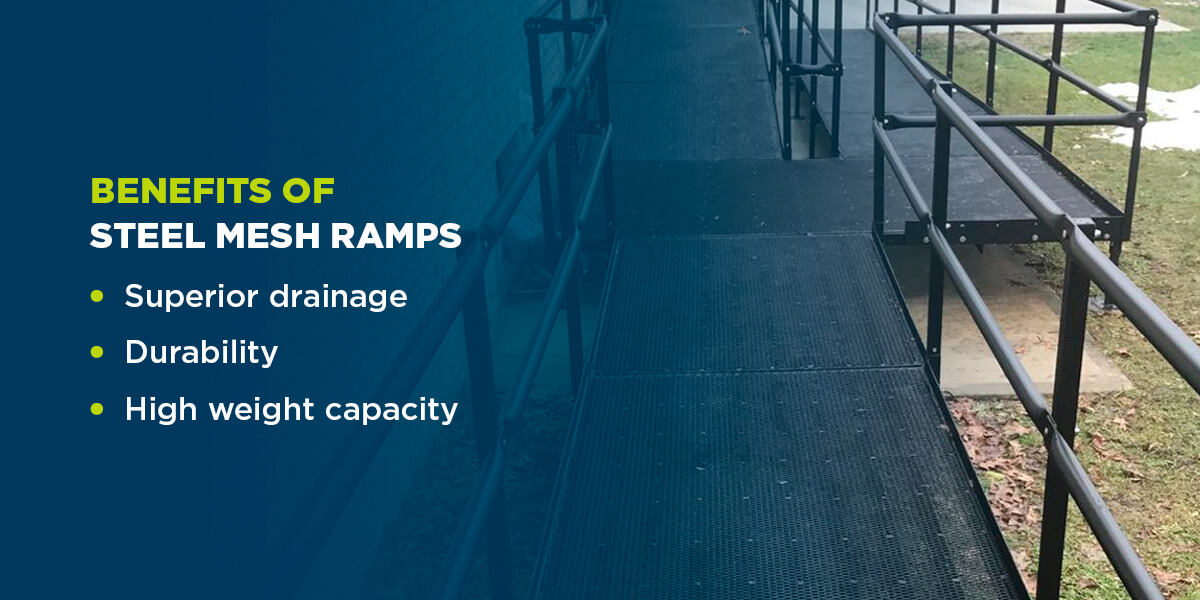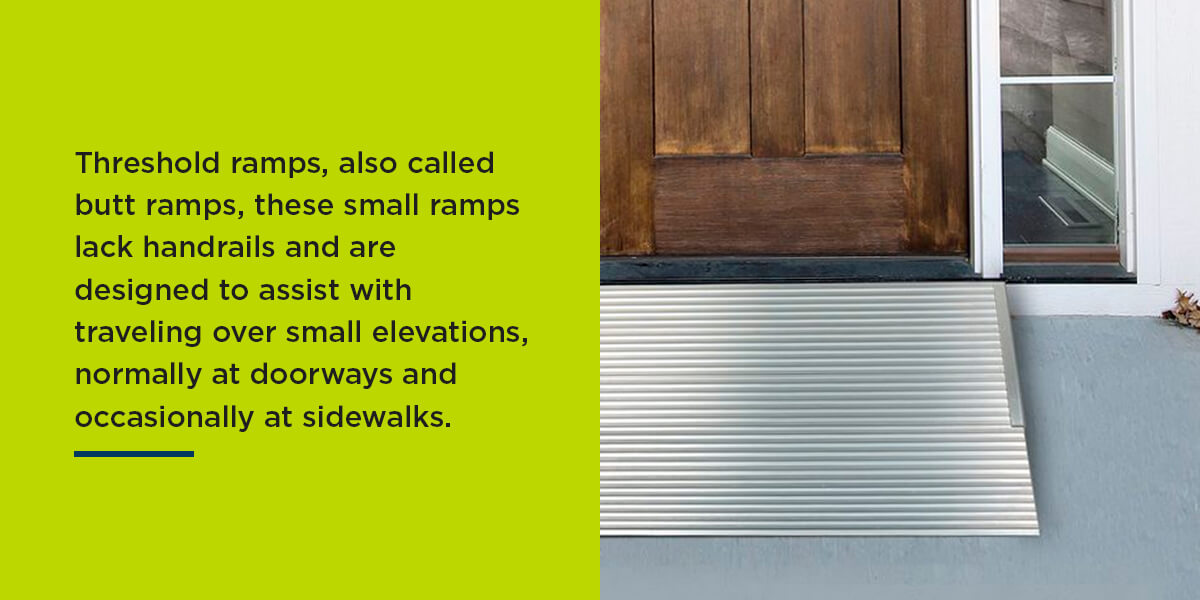This type of ramp can be a wheelchair ramp, but more generally, it is intended to help someone move from one level to another without using stairs. A ramp offers easier mobility up and down an inclined plane. A handicap ramp can allow wheelchair users to move more easily, but it will also accommodate strollers, carts and people who walk using other mobility devices.
A handicap ramp primarily serves to make a building more accessible, especially when certain areas have differences in height. Handicap ramps are sometimes required to make facilities, sidewalks, highway crossings or curbs accessible. For example, if a sidewalk is present on either side of an intersection, a shallow ramp can help connect the street to the sidewalk.
In order for the ramp’s construction to meet federal regulations, the maximum slope of the ramp should be 1 on 12, meaning it can only rise 1 inch per foot in the run. When the ending point must rise 24 inches above the ramp’s grade, the ramp should be at least 24 feet long. Many handicap ramps have a return or double back, which is an extra piece to reinforce the main ramp structure.
